What Makes Powder Bed Fusion a Game-Changer?
Powder Bed Fusion (PBF) has emerged as a standout additive manufacturing (AM) technology, redefining how industries approach complex part production. Unlike traditional methods, PBF uses intense thermal energy sources—lasers or electron beams—to selectively fuse powdered materials layer by layer. This process enables unmatched geometric complexity, from intricate microcomponents to aerospace-grade parts, while minimizing material waste. Its versatility spans polymers, metals, and ceramics, making it indispensable for sectors demanding precision and innovation.
The Step-by-Step Science Behind PBF
At its core, PBF operates through a meticulously layered approach:
Powder Spreading: A recoater spreads a fine layer of material (e.g., titanium, nylon) across a build platform.
Energy Application: A laser or electron beam scans the powder bed, melting or sintering particles based on digital design data.
Layer Stacking: The platform lowers, and the cycle repeats until the 3D object forms.
This method eliminates the need for molds or cutting tools, allowing engineers to bypass design constraints of conventional manufacturing.
Key PBF Technologies Driving Industry Innovation
PBF encompasses specialized techniques tailored to material and application needs:
Selective Laser Sintering (SLS): Uses low-power lasers to fuse thermoplastics like nylon, ideal for functional prototypes and lightweight components.
Direct Metal Laser Sintering (DMLS): Combines metal powders (e.g., aluminum, titanium) with precise lasers for aerospace or medical implants, reducing post-processing.
Electron Beam Melting (EBM): Employs high-energy electron beams in a vacuum to create stress-resistant metal parts for turbines or automotive systems.
Each variant balances speed, material properties, and structural integrity for targeted use cases.
Transformative Applications Across Industries
PBF’s adaptability fuels breakthroughs in diverse fields:
Healthcare: Custom orthopedic implants and biocompatible dental structures.
Aerospace: Lightweight, heat-resistant turbine blades and fuel nozzles.
Automotive: Complex cooling channels in engine components.
Consumer Goods: Durable, ergonomic product prototypes.
By enabling on-demand production of high-performance parts, PBF reduces lead times and inventory costs.
Advantages and Evolving Challenges
PBF offers unparalleled benefits:
Design Freedom: Achieve hollow structures, internal lattices, or organic shapes.
Material Efficiency: Unused powder is recycled, minimizing waste.
Rapid Iteration: Accelerate prototyping-to-production cycles.
However, challenges like high equipment costs, limited build sizes, and the need for skilled operators persist. Ongoing advancements in multi-laser systems and AI-driven process optimization aim to address these barriers.
Conclusion
Powder Bed Fusion represents a paradigm shift in manufacturing, merging precision engineering with sustainable practices. As industries increasingly adopt smart manufacturing, PBF’s ability to produce complex, high-strength components positions it as a cornerstone of Industry 4.0. While hurdles remain, continuous innovation in speed, material diversity, and accessibility ensures PBF will remain pivotal in shaping the future of production—from medical breakthroughs to interstellar spacecraft components.
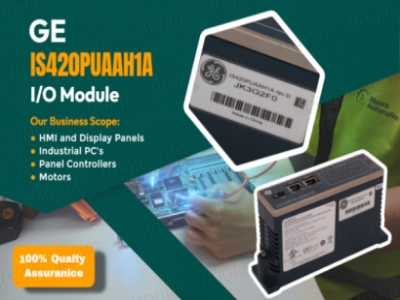 12/11
12/112025
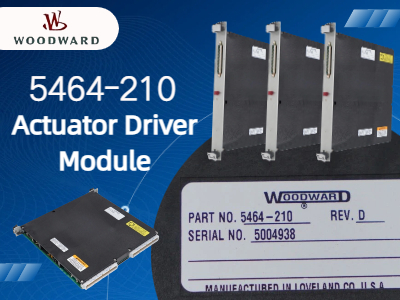 12/11
12/112025
 12/11
12/112025
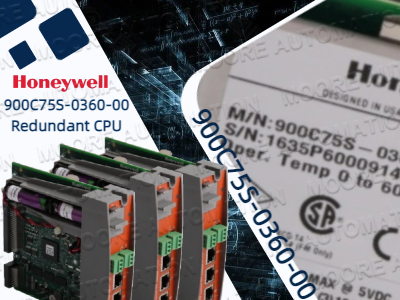 12/11
12/112025
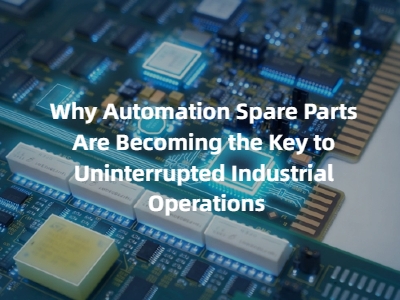 14/11
14/112025
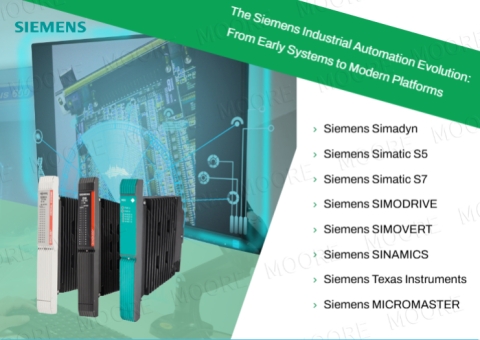 08/11
08/112025
 30/10
30/102025
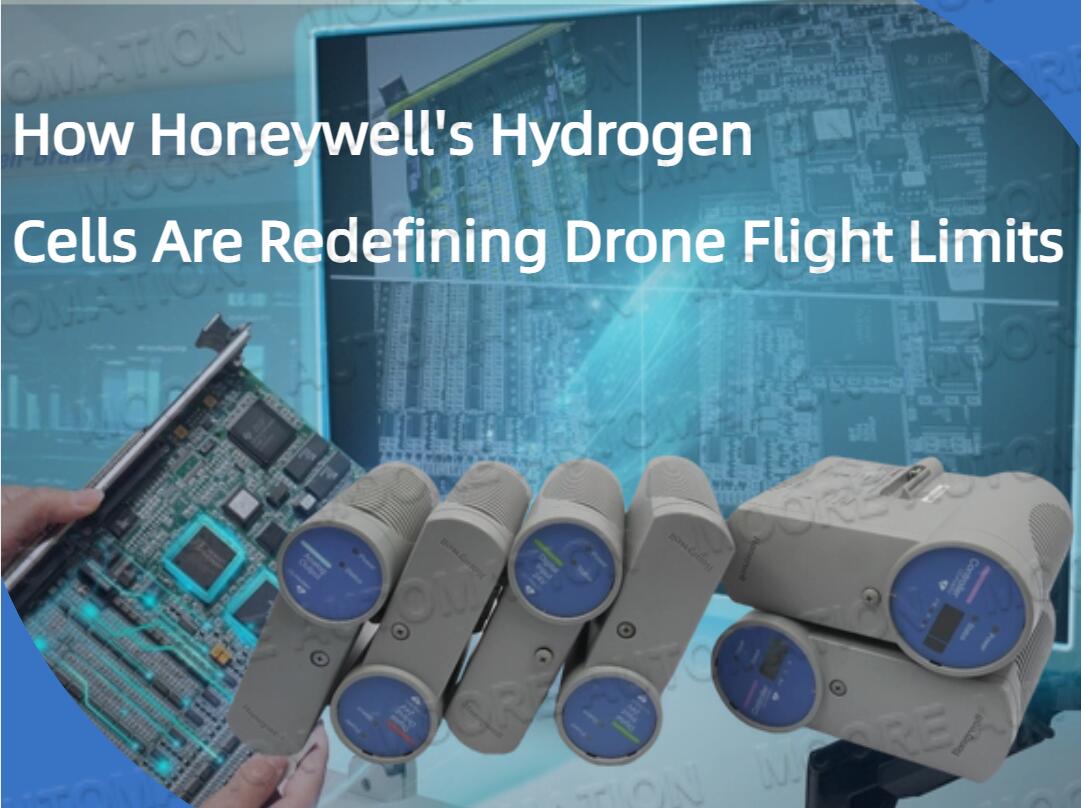 24/10
24/102025

32D floor, Guomao building, Hubin South Road, Siming District, Xiamen City, Fujian Province, China.


 IPv6 network supported
IPv6 network supported
Our hours
